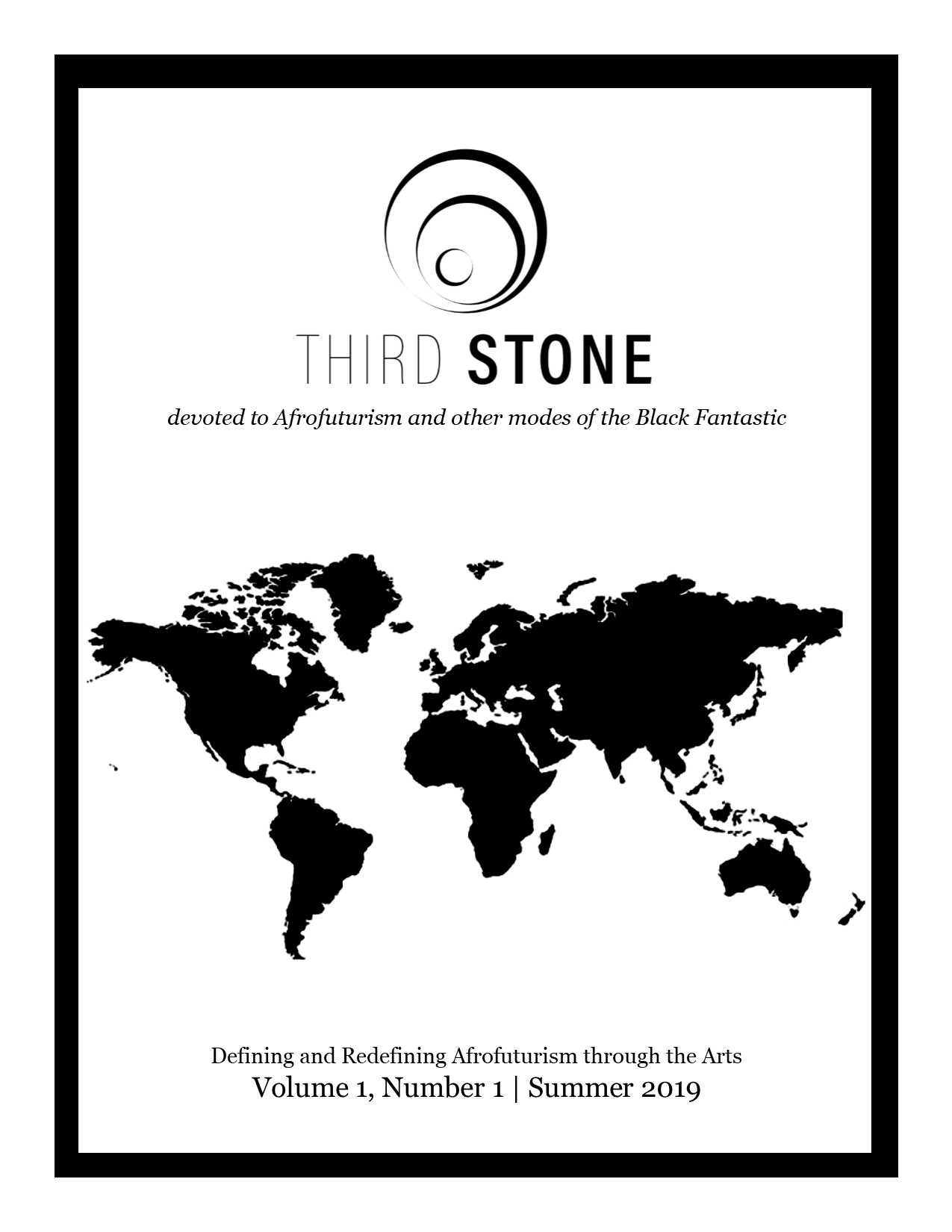The Absurdity of America: George S. Schuyler’s Black No More
EnterText: an interdisciplinary humanities e-journal
Volume 1, Number 1 (Winter 2000) Americas, Americans
pages 127-148
Joseph Mills, Susan Burress Wall Distinguished Professor of the Humanities
North Carolina School of the Arts, Winston-Salem
It is a peculiar sensation, this double-consciousness, this sense of always looking at one’s self through the eyes of others…. One ever feels his two-ness—an American, a Negro—two souls, two thoughts, two unreconciled striving; two warring ideals in one dark body, whose dogged strength alone keeps it from being torn asunder.
– W. E. B. DuBois, The Souls of Black Folk (1903)
What do we want?… We want to be Americans, full-fledged Americans, with all the rights of other American citizens. But is that all?… We who are dark can see America in a way that white Americans can not. And seeing our country thus, are we satisfied with its present goals and ideals?
– W. E. B. DuBois, “Criteria of Negro Art” (1921)
In 1931 George S. Schuyler published Black No More, a satire about Americans’ obsession with race. The book was controversial, in part, because Schuyler mocked African-American leaders. The novel contains parodies of Marcus Garvey, N.A.A.C.P. figures, and Tuskegee leaders. For example, Shakespeare Agamemnon Beard, a caricature of W.E. B. DuBois, writes ornate overblown editorials for The Dilemma, claims an “exotic” heritage, and “like most Negro leaders, he deified the black woman but abstained from employing aught save octoroons.” DuBois, himself, however, praised the book. He recognized that it would be “abundantly misunderstood,” because, “the writer of satire . . . is always misunderstood by the simple.” Although Black No More contained “scathing criticism of Negro leaders,” DuBois noted with admiration that the satire then “passes over and slaps the white people just as hard and unflinchingly straight in the face.” In many ways, Black No More demonstrates satire’s democratic potential. Mockery becomes the great leveller, and by ridiculing all, the novel calls into question racial and class hierarchies. In a letter to H. L. Mencken, Schuyler stated his intentions: “What I have tried to do in this novel is to laugh the color question out of school by showing up its ridiculousness and absurdity…I have tried… to portray the spectacle as a combination madhouse, burlesque show and Coney Island.”
Unfortunately, as DuBois anticipated, the novel has been misunderstood. In a 1971 introduction to the book, Charles Larson states, “It would be easy—and some people would perhaps say better—to ignore Schuyler’s first novel,” and Margaret Perry’s comment that “we cannot dismiss [Black No More] entirely” reveals a desire to do just that. In fact, for decades Schuyler’s work overall has been denigrated or overlooked. To give only one example, in Cary Wintz’s Black Culture and the Harlem Renaissance, a table of “Year-by-Year Publication of Major Works of the Harlem Renaissance, 1922-1935” has almost fifty titles but does not include Schuyler’s books. In the 1990s, however, Robert A. Hill and R. Kent Rasmussen recovered a significant amount of Schuyler’s pulp fiction, and, in doing so, they demonstrated the need to re-evaluate Schuyler’s work. In particular, Black No More, Schuyler’s major literary achievement, needs to be reassessed. Considered by Arthur Davis to be “the best work of prose satire to come from the New Negro Movement,” and one of the few works of the time to use satire, the novel makes an important contribution to the discourse of race and national identity…
…The book’s most damning indictment of this “urge towards whiteness” is a shocking lynching scene. Southern aristocrat Arthur Snobbcraft, the head of an elitist Anglo-Saxon association, joins forces with the Knights of Nordica to run a presidential campaign. Snobbcraft organizes a massive genealogy project to determine how much of the population has Negro blood. He intends to use the results to whip up national hysteria over the dangers of miscegenation; however, the plan backfires when his chief researcher, Dr. Buggerie, discovers that at least fifty million people who are considered “white” have a mixed heritage, including Buggerie, Knights of Nordica leader Givens, and Snobbcraft himself. After his opponents steal the information and give it to the newspapers, Snobbcraft tries to flee the country, but his plane runs out of gas and has to land in Mississippi. Snobbcraft and Buggerie decide to disguise themselves with shoe-polish blackface, but they run into members of the True Love Christ Lover’s Church, a group which has been praying for one last Negro to lynch. When they wipe off their blackface, they are accepted as Caucasians until one of the few church members who can read sees a newspaper article detailing their mixed ancestry. Snobbcraft and Buggerie are then mutilated, tortured and killed in an orgiastic frenzy…
…There occur two dynamics in Black No More: a whitening at the level of skin and a blackening at the level of blood. Although the process of Black No More, Inc. “whitens,” the genealogical research of Buggerie “blackens” at least half of the population by revealing their mixed ancestry. When he learns of the research, Givens acknowledges, “I guess we’re all niggers now;” his comment echoes one made earlier by one of the owners of Black No More who noted that “Everything that looks white ain’t white in this man’s country.” In fact, almost nothing is white in the country. Schuyler dedicates Black No More to “all Caucasians in the great republic who can trace their ancestry back ten generations and confidently assert that there are no Black leaves, twigs, limbs of branches on their family trees.” The tone conveys his doubt that anyone can do this. Schuyler believed that America refused to admit that it consisted of a mulatto culture. In this sense, when he states in “The Negro-Art Hokum” that “the American Negro is just plain American,” he is insisting not only on the “Americanness” of the Negro, but also on the “Negroness” of America…
Read the entire article here.
:format(webp)/cdn.vox-cdn.com/uploads/chorus_image/image/67204490/Book_Announcement_Template.0.jpg)




